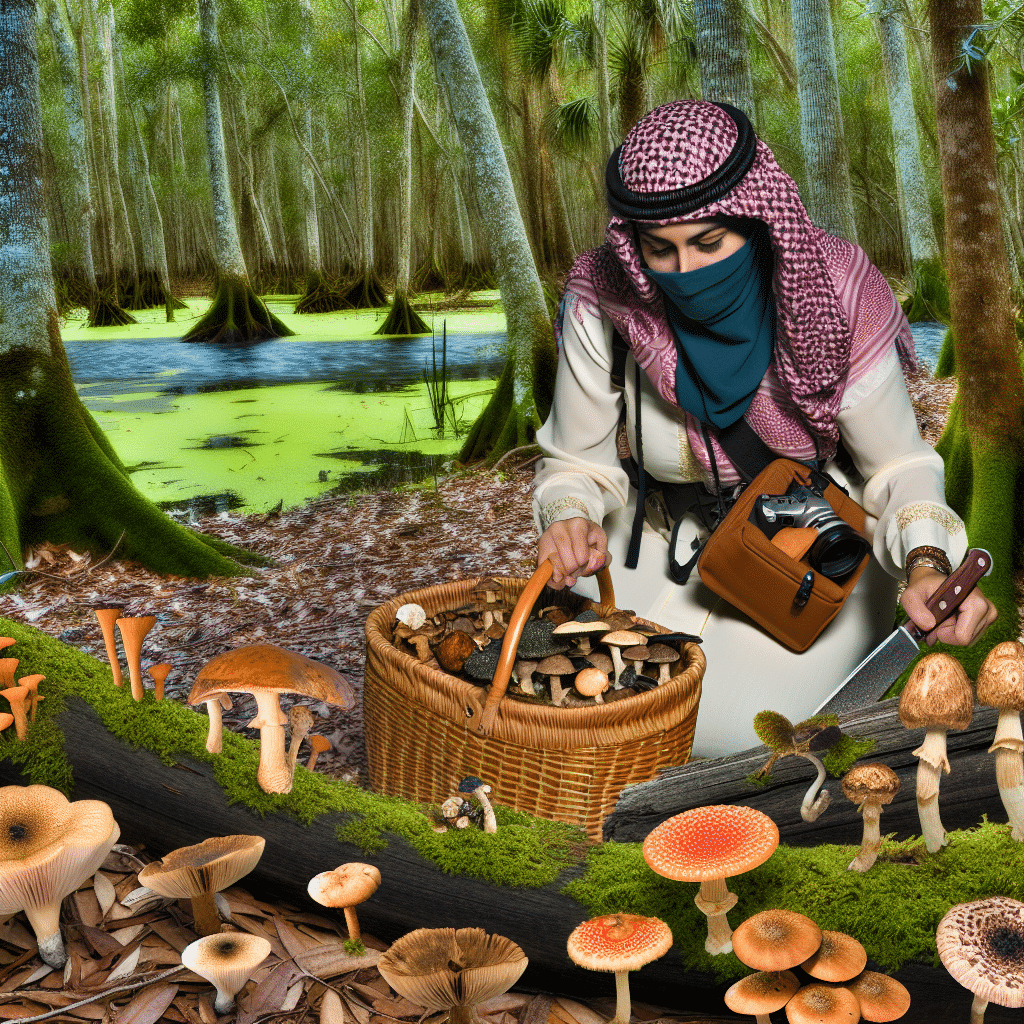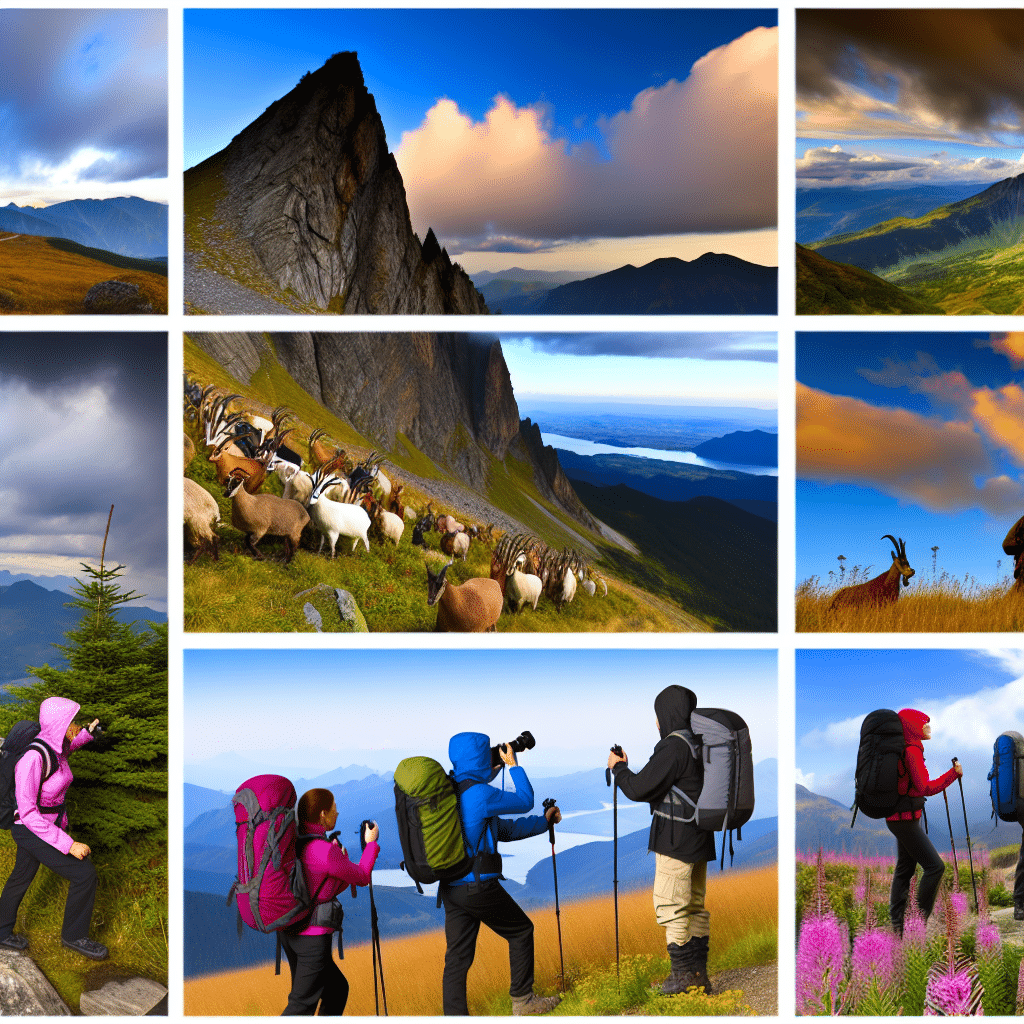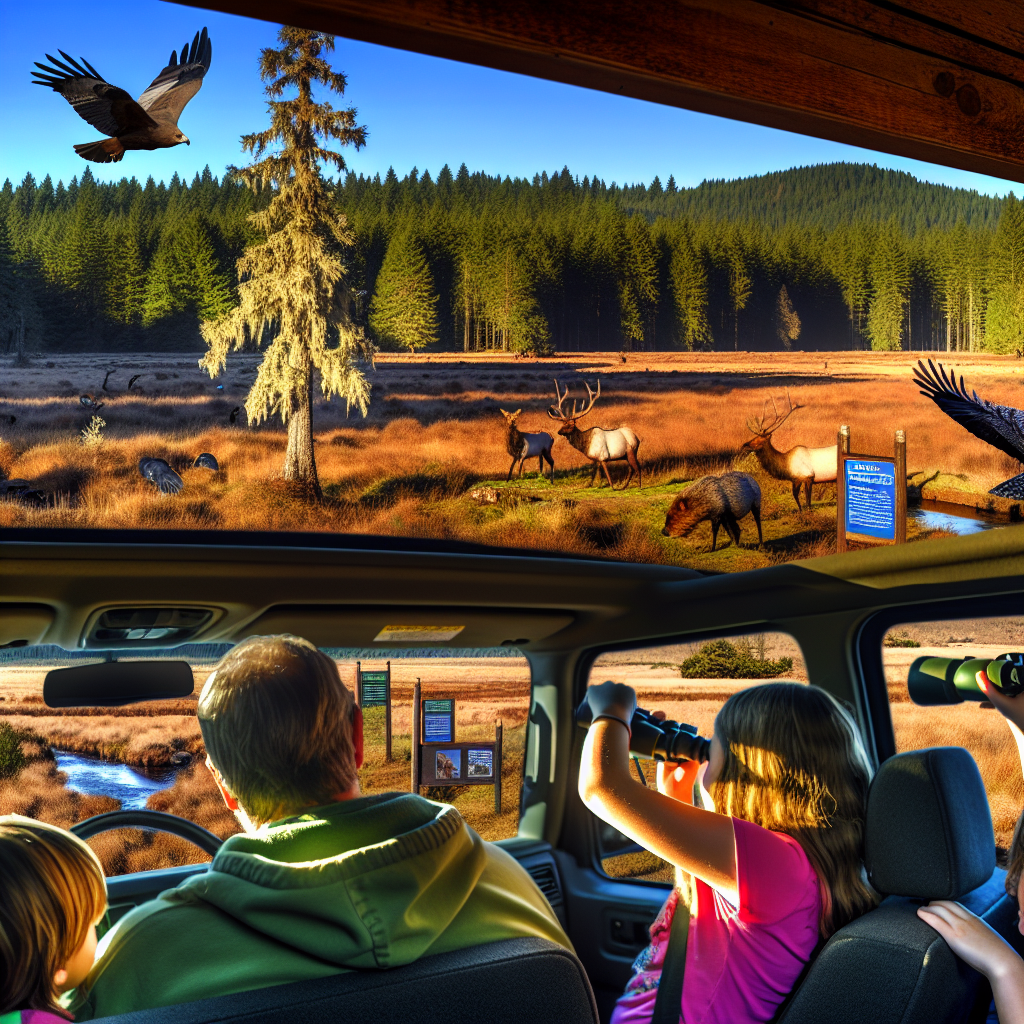Mushroom hunting, also known as foraging, offers an exhilarating and rewarding experience that combines the thrill of a treasure hunt with the serenity of nature. Florida, with its diverse ecosystems, is a hotspot for mycological exploration. From swampy marshes to lush forests, the Sunshine State brims with fungal diversity. This article delves into the fascinating world of mushroom hunting in Florida, providing you with essential knowledge and tips to embark on your own mycological adventure.

Why Mushroom Hunt in Florida?
Florida’s unique climate and geography make it an ideal location for a wide variety of mushrooms. The state’s subtropical climate, characterized by warm, humid summers and mild winters, provides the perfect conditions for fungal growth nearly year-round. Additionally, Florida’s diverse ecosystems—from pine flatwoods and hardwood hammocks to wetlands and coastal dunes—support an impressive array of mushroom species.
Rich Biodiversity
Florida hosts a range of habitats conducive to mushroom proliferation. For instance, the state’s extensive pine forests offer a habitat for various types of mycorrhizal fungi, which form symbiotic relationships with trees. Meanwhile, the damp environments of swamps and marshes foster the growth of decomposer mushrooms, such as oyster mushrooms and various types of polypores.
Ecological Significance
Mushrooms play a crucial role in Florida’s ecosystems. As primary decomposers, they break down dead organic matter, enriching the soil with nutrients essential for plant growth. Some mushrooms form symbiotic relationships with plants, aiding in water and nutrient absorption. Understanding the ecological roles of these fungi not only enhances the foraging experience but also fosters a deeper appreciation of the natural world.
How Can You Get Started with Mushroom Hunting in Florida?
Foraging for mushrooms requires a blend of knowledge, patience, and a keen eye. Here are some essential tips to get you started.
Equip Yourself with the Right Tools
Before venturing out, ensure you have the necessary tools:
– **A Field Guide:** A detailed mushroom field guide specific to Florida or the southeastern United States is indispensable. Field guides provide images, descriptions, and habitat information crucial for accurate identification.
– **A Basket or Mesh Bag:** These allow mushrooms to breathe and help to disperse spores as you walk, aiding in their propagation.
– **A Knife:** Essential for carefully cutting mushrooms at the base without damaging the mycelium network below.
– **Notebook and Pen:** For taking notes and records, which can be useful for later identification and learning.
Learn Mushroom Identification
Accurate identification is paramount, as some mushrooms can be toxic. It’s advisable to:
– **Join a Mycological Society:** These organizations often hold forays, workshops, and identification sessions. The Florida Mycological Society, for instance, is a valuable resource.
– **Attend Guided Forays:** These are led by experienced foragers who can teach you about local fungi and safe foraging practices.
– **Use Online Resources:** Websites and forums dedicated to mycology can be excellent for cross-referencing and confirming identifications.
Where to Hunt for Mushrooms in Florida?
Florida’s vast and varied landscapes provide ample opportunities for mushroom hunting. Here are some prime locations:
National and State Parks
– **Ocala National Forest:** This extensive forest offers diverse habitats, including pine flatwoods and hardwood hammocks, ideal for finding a variety of mushrooms.
– **Big Cypress National Preserve:** Known for its wetland ecosystems, it’s a haven for moisture-loving fungi.
Local Nature Trails and Preserves
– **Myakka River State Park:** Offers a variety of ecosystems, from prairies to wetlands, making it a fantastic spot for diverse fungal species.
– **Hillsborough River State Park:** The park’s diverse habitats support a wide range of mushrooms, from chanterelles to boletes.
What Types of Mushrooms Can You Find in Florida?
Florida’s ecosystems support a plethora of fascinating fungi. Here are some commonly found species:
Edible Varieties
– **Oyster Mushrooms (Pleurotus ostreatus):** These are found on dead or dying hardwood trees, particularly in moist, shaded environments.
– **Golden Chanterelles (Cantharellus cibarius):** Often found in association with oak trees, these mushrooms are prized for their flavor.
Medicinal and Toxic Mushrooms
– **Reishi (Ganoderma lucidum):** Known for its medicinal properties, Reishi mushrooms grow on decaying hardwoods and are used in traditional medicine.
– **Amanita Species:** While some Amanitas are deadly, such as the Destroying Angel (Amanita bisporigera), others are sought after for their psychoactive properties. Extreme caution and expert knowledge are required when dealing with this genus.
Safety and Ethics in Mushroom Hunting
Practicing safe and ethical foraging is critical:
Safety First
– **Avoid Unknown Mushrooms:** Never consume a mushroom you cannot positively identify. Some toxic mushrooms can look remarkably similar to edible varieties.
– **Consult Experts:** When in doubt, consult an experienced forager or a mycologist.
Respect the Environment
– **Leave No Trace:** Stick to established trails and avoid disturbing natural habitats.
– **Harvest Sustainably:** Only take what you need and ensure you leave enough mushrooms to allow for spore dispersal and ecosystem balance.
Conclusion: Embark on Your Own Mushroom Hunting Adventure in Florida
Mushroom hunting in Florida offers an engaging way to connect with nature, explore diverse ecosystems, and perhaps even find some culinary treasures. Equipped with the right knowledge and tools, you can safely enjoy this rewarding activity while contributing to the understanding and appreciation of the fungi that play such a vital role in our environment. Happy hunting!



